Cloud testing is one of the newer ways to test software, born of the need to reduce testing costs and increase scalability. This is a practical way to test software without upgrading any physical resources and essentially offers testing as a service. More importantly, cloud testing is a way to perform all kinds of software tests using virtually unlimited resources.
The powerful cloud computing and testing capabilities can open up many opportunities for testers. A cloud testing company will be able to simulate and even recreate traffic to determine program, site, or application performance. The tester could customize the tests and run them in various scenarios using cloud-based tools. Companies that provide these cloud testing services can greatly help testers reduce testing time, and companies reduce testing costs.
Tools for SaaS testing
1. qTest
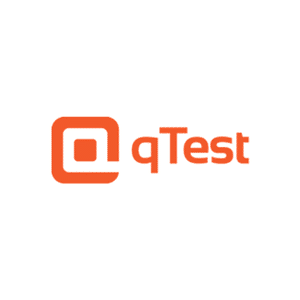
This cloud-based test management tool simplifies communication.
The main features of the tool:
- Easy interaction with the team members
- Provides the function of creating notes, detailed reports on defects
- rial version is available
- The tool allows you to plan and create a project schedule, documentation of test cases, reports, and results
- There is a handy dashboard that displays progress, requests, and useful reports.
2. QMetry
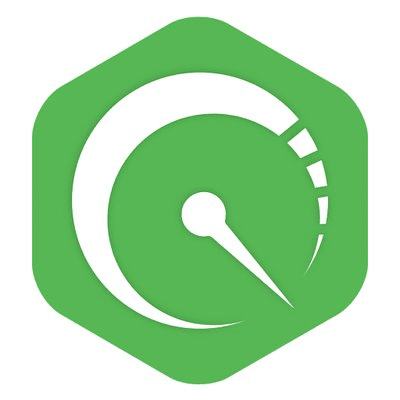
The tool allows you to link project requirements to its test cases and defects.
Features:
- QMetry is convenient for rapidly changing requirements, allows you to use old test cases.
- Results and status of test cases can be recorded during the execution of test cases.
- The progress page is available for editing test cases in real-time
- Managing defects with a link
- All defects recorded during past tests can be easily detected, so the same defect will not be recorded twice.
3. TESTPAD
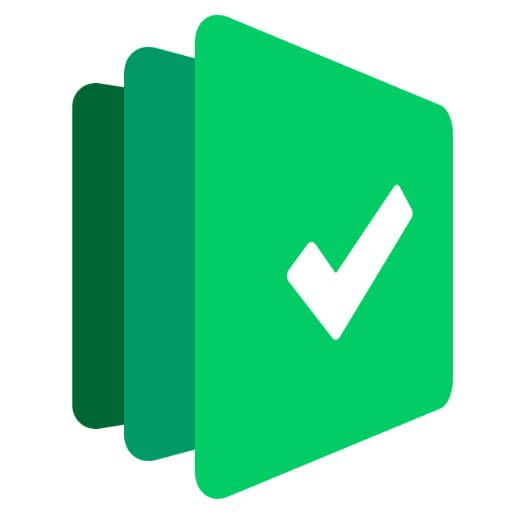
It is definitely an easy-to-learn manual testing tool whose functionality favors pragmatics over the process. Instead of turn-by-turn management, it emphasizes working with ready-made checklists that can be used for any test: from exploratory to manual testing based on Agile methodology.
Features:
- You can invite new test participants without the need to create new accounts;
- The functionality is very easy to understand;
- Built-in keyboard editor with a clear JavaScript interface;
- Ability to add new tests already in the course of the tests;
- Organization of testing by Drag’n’drop method;
- Easy integration with popular tracking systems, like Jira.
4. PRACTITEST
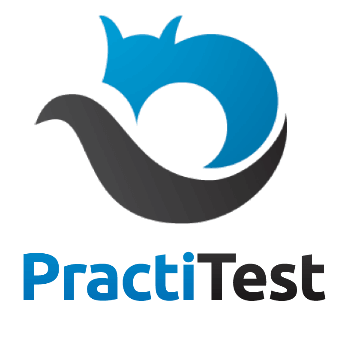
It is undoubtedly a handy tool for performing effective end-to-end testing. It is an original virtual platform for a certain team of developers and testers to track the stages of software build and verification, followed by an understanding of all the subtleties and nuances of testing.
Features:
- Ability to quickly integrate with popular bug tracking systems through a personal API;
- Maximum customizable and editable configurations for a complete analysis of the activities of the established quality control groups;
- Ability to reuse tests and edit test scripts when interacting with different web products;
- Beautiful and effective data visualization based on modern information panels and banners;
- Round-the-clock technical support.
5. SQUISH
Obviously, it is a very popular tool for automating GUI testing, which allows you to perform qualitative checks and perform human-machine interface (HMI) checks. The product is fully cross-platform and has the following features:
- Full support for all major GUI technologies;
- Ability to record test scenarios;
- Qualitative object identification;
- A well-integrated development environment;
- A large selection of popular scripts for testing test scripts;
- Developmental support with a focus on test behavior;
- Ability to integrate with popular test management systems.
6. QTP
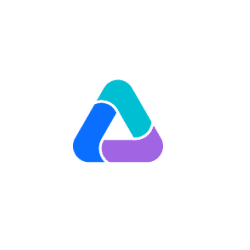
The first-rate tool for automated GUI testing can be used to perform checks on user actions as they interact with web content.
This program is top-rated for automated functional regression tests. Quick test professional uses popular scripting languages to interact with graphical elements and control objects of the application being tested.
Key Features:
- Very easy to understand. Ideal even for beginners in the field of test automation;
- Allows all sorts of checks based on a wide variety of test scenarios.
Conclusion
We hope that the above online services will help you perform load testing of your web applications for better capacity planning.
Read Also

